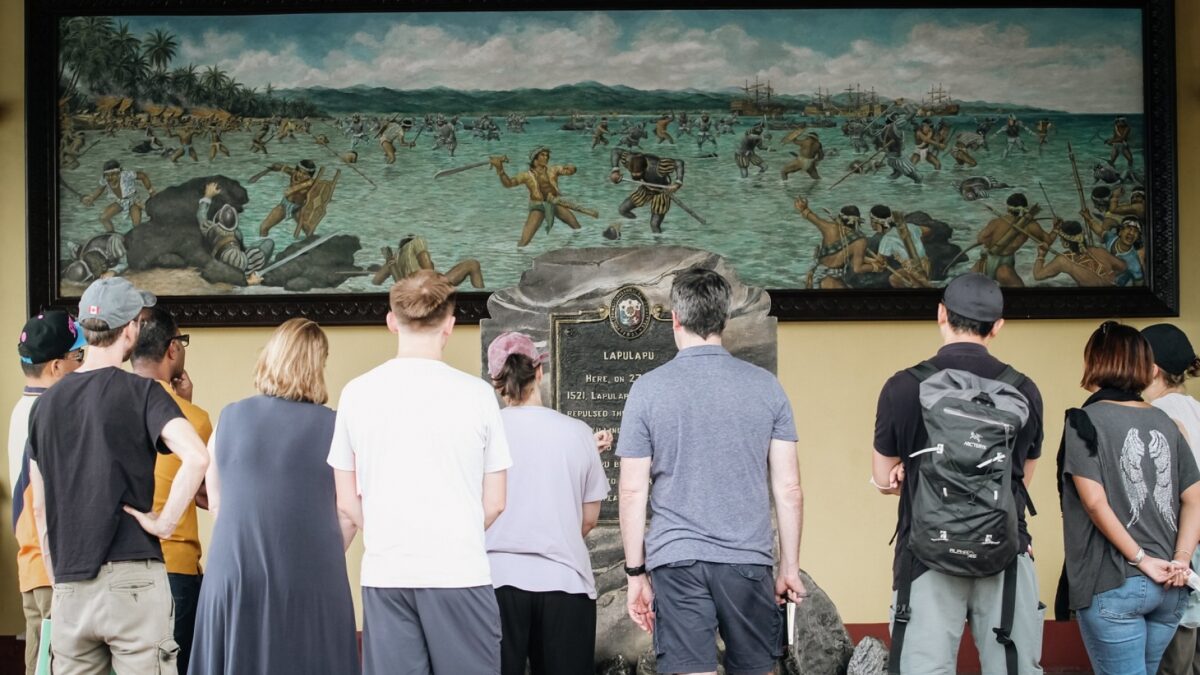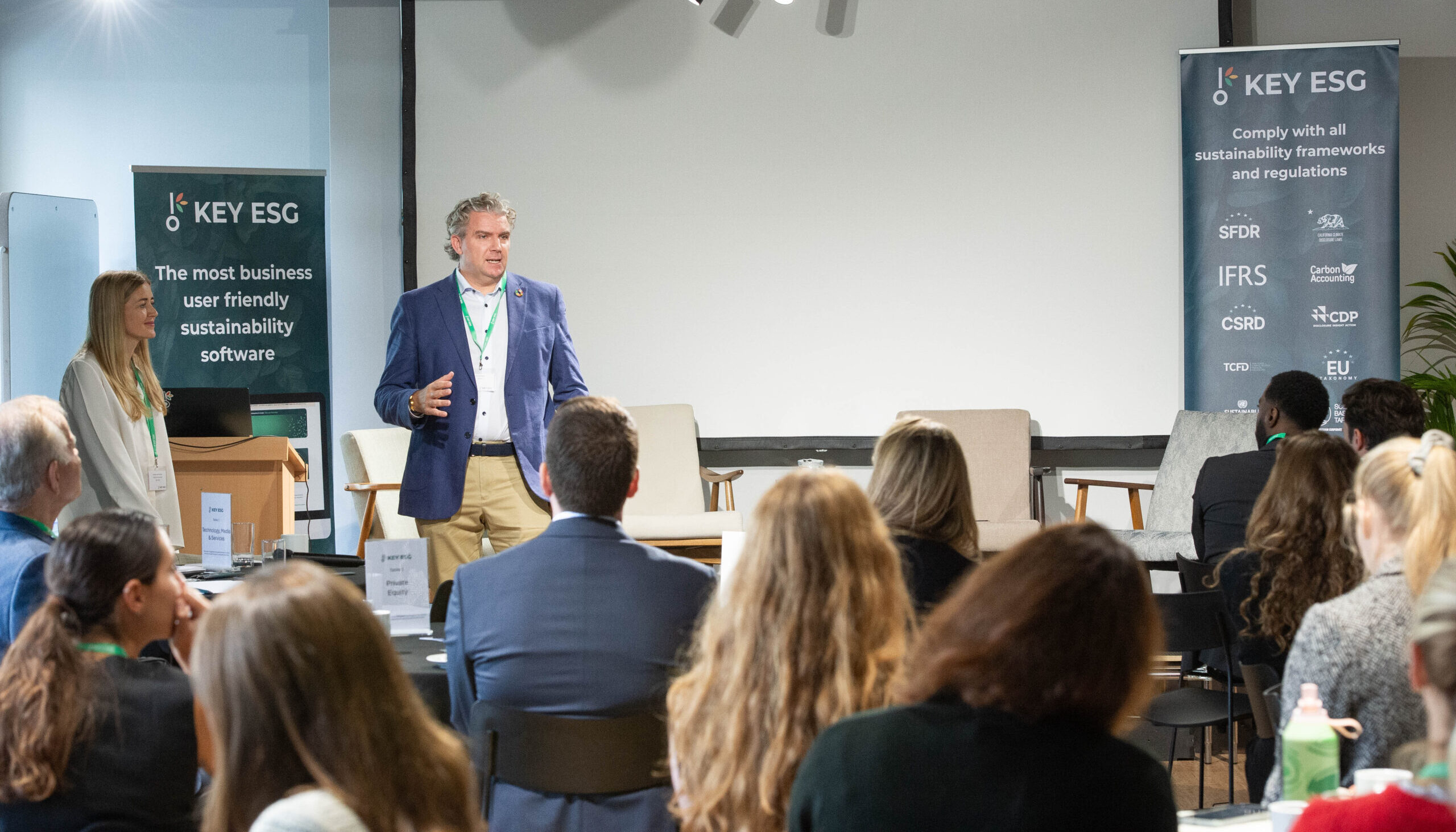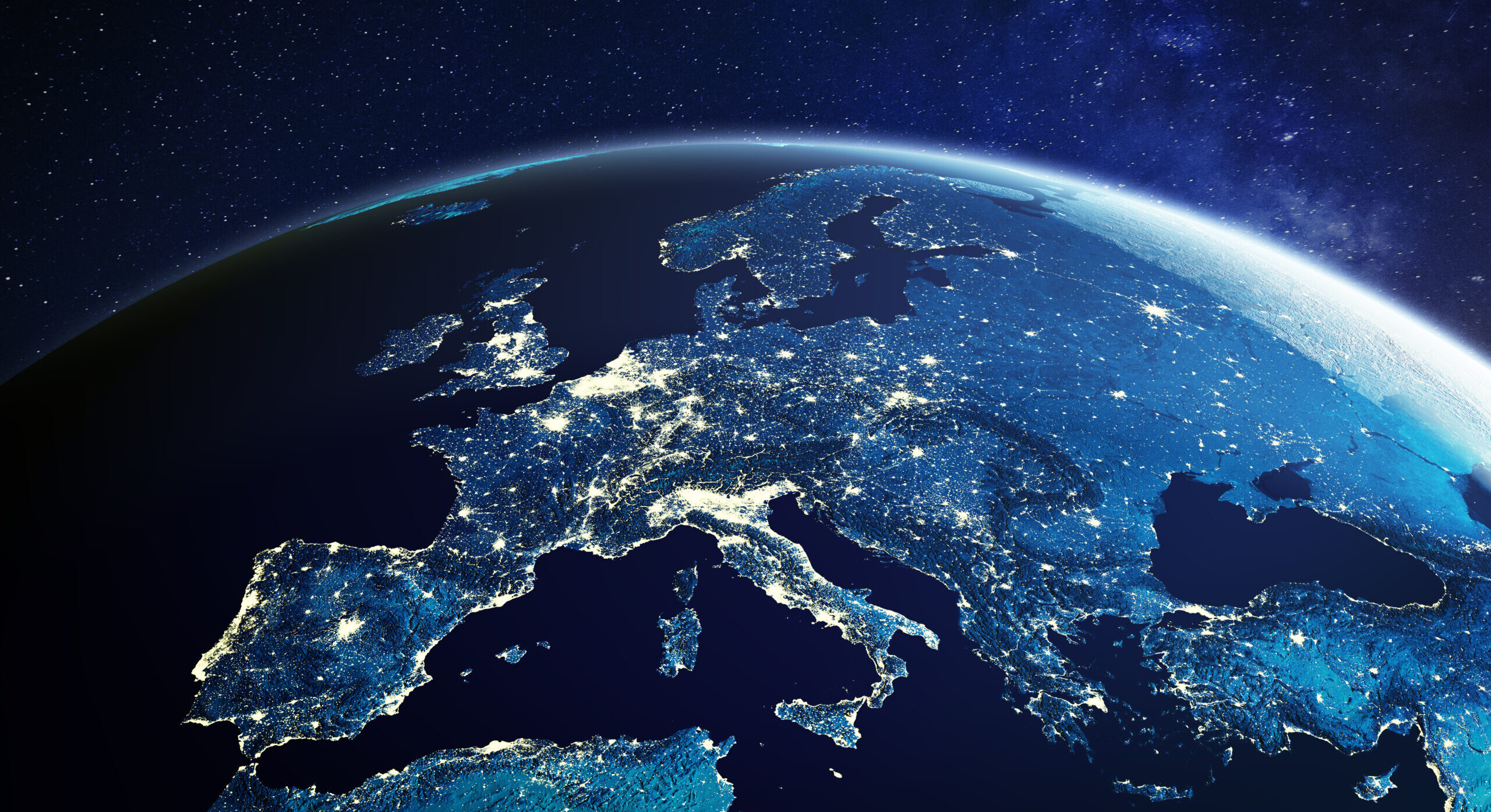A million dollars spent in the Bronx is not the same as a million dollars spent in Manhattan, let alone in cities, countries or regions across the globe. Likewise, the value and impact of a business and its operation shifts fundamentally across place.
Everything we do in life is based in a place and time; but this basic fact is often ignored when it comes to business decision making. Instead, the inputs and outputs are often found in abstractions – sales figures, production data, revenue models – and applied universally, without taking into context the place and time in which they occur.
But now, the concept of ‘regenerative business practice’ is changing this inherited operational model, to create a way of doing business that brings to the centre the importance of place and time.
Regenerative business practice begins with a careful study of place – the dynamics, flows, and characteristics that make it unique. How do we account for and think about the commercial, social and environmental impacts of investments across borders? What perspectives help us rapidly get under the skin of a place? How can we truly uncover the potential of place – and how do we ensure our businesses and projects support and enable that potential?
We began this year’s Leadership Vanguard journey together in London – one of the worlds’ richest cities, with a long history of economic prosperity, trade and growth – but also a city marked by deep inequalities with sections of society excluded from the story of wealth that has been traditionally associated with the city.
Next, we travelled to Cebu in The Philippines, where we encountered a very different perspective on ‘place’ in our journey to understand how and why Cebu is so vulnerable to warming-related change including flooding, landslides, droughts, loss of biodiversity and agriculture; and how it is trying to increase its resilience through projects in our four theme areas.
The heart of a South East Asian growth story
Cebu is a city in a fast-developing, middle-income country, shifting its economy from one based in agriculture and natural resources to not only one based in manufacturing and business services, but that also demands better responses to persistent poverty and social deprivation, as well as protection for its forests and its biodiversity.
Shadowing all of this is the hard truth that Cebu and the wider Philippines are set to endure catastrophic impacts from climate change; effects that are already underway with super typhoons devastating much of the area on a regular basis. This immersion in Cebu was an opportunity to engage at the intersection of local realities, business, the global economy, and climate change.
Our cohort experienced first-hand the effect climate change was having on this small island, and the resilience of its people in enduring this. The day before our trip was set to begin, a tropical storm caused a plane to overshoot and crash on Cebu’s only runway. Thankfully, no-one was hurt, but it was a salutary reminder of the much more existential and visceral threat faced by everyone in Cebu, particularly the poorest communities. And we were again affected by a typhoon on the last day of the trip. Our plan had been to travel to an island to spend time with a fishing community, learn about their ways of working, and the impact of sea-level rising. But a typhoon warning meant that crossing the ocean was unadvisable, and plans were changed yet again.
These setbacks due to the weather is not uncommon in Cebu. We quickly learnt that the uniqueness of Cebu lies in its people and how they respond to such challenges. They are resilient, kind, caring and generous. Throughout their history Cebuanos have had to draw on deep wells of cultural resilience, which is ingrained through shared norms of reciprocity, obligation, humility and community.
The potential of ‘place’
We began with learning about the story of Cebu, as we cannot truly understand place without also understanding its history, where it’s coming from, and how that shapes its path into the future. We asked ourselves how is history shaping the present and future of Cebu? And what does that history look like from different perspectives; local people, indigenous people, migrants, multinationals and the natural world?
With more of an understanding of local history and culture, the cohort next spent time with the community living at Inayawan dumpsite, building a vegetable garden and waste distributor for the childcare centre. The amounts of plastic and fashion waste at this dumpsite was a stark reminder of the severity of the waste problem these industries present, yet the people living here are some of the kindest, most resilient people we met, who live off of the waste they pick and recycle.
The evenings saw us dining with Communities for Alternative Food Ecosystems Inc (CAFÉ-I) and Slow Food Sugbo chefs, who focus on producing ‘slow food’ with organic, sustainable produce from local farmers that embody the historic traditions of Cebuano food culture. The first evening centred around a discussion on greening and regenerating cities, with Anna Varona, from Haribon Foundation, a local councillor, Nestor Archival, and Alitzure Rustila from the Visayas Natives Trees Enthusiasts. This conversation presented the challenges Cebu faced – including the lack of green, natural areas, habitats for birds, and the opportunities that could be capitalised on including growing native trees (which attract birds), and create natural spaces for humans.
Regenerative, impactful entrepreneurs
Uncovering and activating Cebu’s potential of place was a core pillar of this visit, which meant visiting a variety of impact entrepreneurs who were all seeking to create a more regenerative, resilient Cebu.
Many of these projects were at the earliest stages of development. Jovie Montajes Light of Hope community solar project is operating within several communities within Cebu, aiming to provide solar electricity to families living under the poverty line, to enable light and charging points. Whilst only a handful of homes and communities in Cebu have received these so far, Jovie aims to reach 1000 homes, which means roughly 5000 people.
Alitzur Rustila’s Visayas Native Trees project has one strip of young trees by the side of the road in the City. At this early and fragile stage, one of the lessons we learnt was the importance of the network of other people and projects that our sustainability pioneers could call on for mutual support and to develop collaborative opportunities. The only way these trees would survive, and bring biodiversity back to this strip, was with the help of neighbours, visitors and the city council protecting, watering and looking after this small strip. With goals to expand these native trees across Cebu City, this could have a profound impact on the greenery of this city – which we quickly learnt had very limited amounts of greenery and nature.
The Climate Foundation, which runs a seaweed farming project off the coast of Cebu, was an example of a more advanced project. Having spent years researching the best technical processes for growing and expanding seaweed farms across Cebu (and the world), this visit saw our Catalysts swimming at the seaweed farm and realising first-hand the importance of seaweed – to replace plastic, inorganic fertilizers, and even reversing climate change.
This project emphasised humanity’s failure to regard the sea as a place we should attend to; a place that is important to our natural ecosystem, and one that can not only help feed growing human populations but have large impacts on climate change – both negatively and positively. As a major archipelago, the Philippines demands that we build a relationship with the sea and invites us to pay closer attention to what the sea and marine ecosystems represent for our global future. This experience also reconnected us our London Exchange, where in visiting Notpla we witnessed an organisation at the other end of the seaweed supply chain, focused on replacing the plastic industry with seaweed products.
A visit to a group of organic farmers in Catmon, once again emphasised the kindness, generosity and resilience of the people of Cebu. These farmers are committed to changing the way conventional agriculture is done today, and through working together in a cooperative, their community is working to bring organic produce into the mainstream in Cebu, starting with selling their produce at the CAFÉ-I farmers’ market.
All of these impact entrepreneurs and changemakers had interconnected challenges and solutions. Activating this potential within Cebu wouldn’t be possible with the guidance of a patient and persistent local connector, or ‘weaver’ to cultivate and grow this network over time, helping initiatives to collaborate and scale. We found just this person in Sarah Queblatin, who, as our host and guide to Cebu, is a regenerative designer working with “the aim of bringing regenerative initiatives for collaboration together to scale efforts up, wide, and deep.” The work of such weavers is not always seen or appreciated, but is an essential part of the local ecosystem.
Final reflections on regenerative resilience
Owing to changes in our plan in response to typhoon warnings, the final part of this Cebu immersion was held online a few weeks after the in-person trip. After we had learnt and understood the potential that existed within Cebu, we aimed to activate this potential through collaboration. With players from across Cebu and the business sector, we sought out ways to best support the vision that local actors were taking forward. Using the Doughnut Economics Community Portrait of Place tool, we worked collaboratively to better understand the potential within Cebu, and map actions to bring a new, regenerative vision to life. One of our goals was to use our visit as a spark to help Sarah and her organisation kick start a sustainability laboratory in Cebu with the support of local and global business as well as local NGOs and Government.
Global organisations often make decisions that affect smaller communities, and this visit to Cebu was an important lesson in how we can bring the uniqueness of a place into our global decision making. We learnt that better understanding these local communities, the people, and the natural ecosystems at work, can enable better decision making and more regenerative outcomes for both the place and the global organisation. By truly uncovering the potential of place, our global businesses and projects can work to support and enable that potential.
Finally, as we will describe in our next blog, we travelled to Rio de Janeiro in Brazil to investigate and experience regeneration at scale.
–
Stay up to date with our latest interviews by following us on social media (LinkedIn I Twitter), or Contact Us to find out how we can help your leaders and organisation create people and planet-positive impact.



